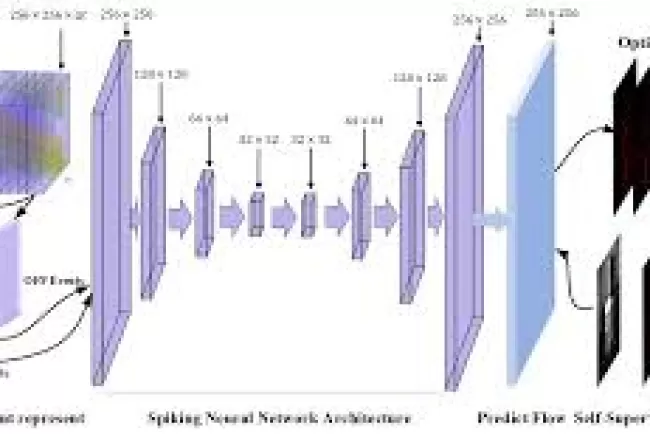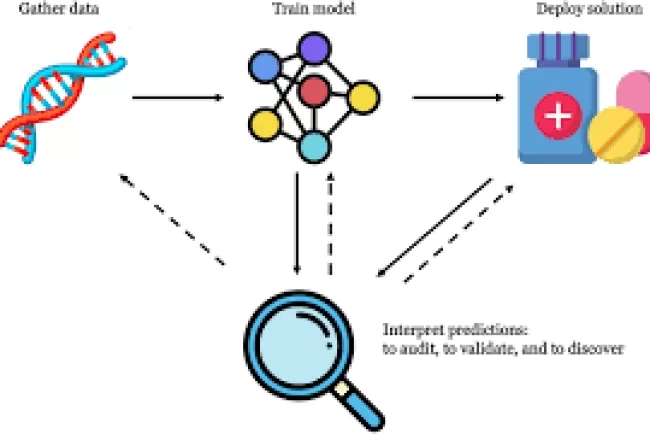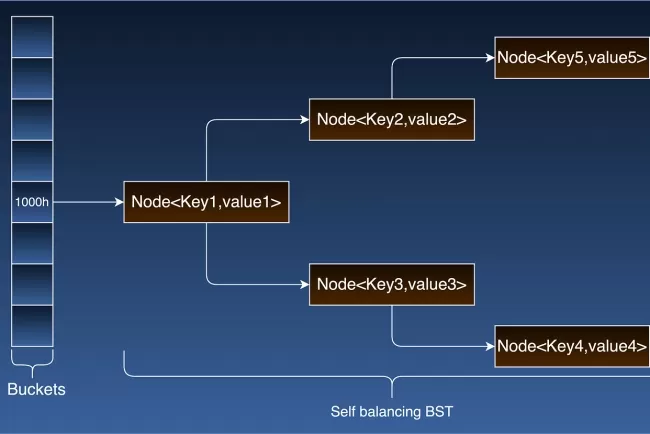Enhancing Privacy and Attack Efficiency in Skeleton-Based Action Recognition Models with ISAAC-K and ISAAC-N
In the evolving landscape of machine learning and computer vision, skeleton-based action recognition has emerged as a promising solution. This technology, which tracks human movement through joint sensors like those found in Kinect cameras, offers several advantages over traditional video-based methods.

It reduces the computational burden, is less affected by issues like lighting and occlusion, and, crucially, respects privacy by focusing on human poses rather than images or faces.
Despite these benefits, skeleton-based action recognition systems are not immune to vulnerabilities. Particularly when skeleton data is sent to cloud servers for processing, malicious actors can exploit weaknesses in these models, manipulating the data to produce incorrect results. This is especially concerning in applications like surveillance or healthcare, where security and privacy are paramount. A recent paper tackles this challenge head-on by introducing two new attack strategies designed to exploit these systems: ISAAC-K and ISAAC-N.
Understanding the Core Concepts
Before diving into the intricacies of the proposed attack methods, it’s important to understand the basic concepts at play. Skeleton-based action recognition relies on capturing and analyzing human poses, typically represented by a set of joints connected by bones. The recognition system processes this data to identify actions like walking, running, or sitting. However, when adversaries target these systems, they aim to manipulate the joint data to mislead the model into recognizing incorrect actions.
The Challenge Addressed by the Research
While skeleton-based models offer privacy and computational advantages, they are not without their flaws. Existing adversarial attack strategies often rely on models understanding the internal workings of the target system (white-box attacks), which is not feasible in many real-world applications. Other strategies, such as black-box attacks, require numerous queries to the model, making them inefficient and costly. Furthermore, many current attacks only focus on making small, subtle changes to the skeleton data, which may not always be the most effective approach.
The key challenge the authors address is the development of more efficient adversarial attacks that require fewer queries, while also improving the ability to manipulate the system without being detected.
ISAAC-K: Key Joint-Based Attack
ISAAC-K takes a targeted approach, focusing on the key joints that are most influential in the decision-making process of the skeleton recognition model. The attack involves two main steps:
-
Key Joint Extraction: Using Grad-CAM, a technique commonly used in computer vision to highlight important features in a model, the researchers identify which joints have the most influence on the classifier’s decision. These joints are then specifically targeted with perturbations.
-
Optimization with Constraints: To ensure the perturbations don’t disrupt the natural flow of motion, the authors introduce two key constraints:
- Bone Length Constraint: Ensures the relative lengths of bones remain intact, preserving the kinematic integrity of the human motion.
- Temporal Consistency Constraint: Guarantees that the perturbation is consistent over time, ensuring that the manipulated skeleton remains smooth and realistic.
The result is an efficient attack that requires fewer queries and produces adversarial motions that remain natural-looking to the human eye.
ISAAC-N: Non-Semantic Joint Attack
ISAAC-N takes a different approach by targeting non-semantic joints—those that are not directly involved in the action being performed. For example, when someone is drinking water, the joints in the upper body are more relevant, while those in the lower body are less important. This attack manipulates these less important joints, subtly changing their posture in a way that misleads the recognition system without altering the overall perception of the action.
A standout feature of ISAAC-N is that it doesn’t require any queries to the model. The attack operates without feedback, making it much more efficient than other methods. By focusing on non-semantic joints, the attack can effectively fool the model while keeping the human-perceived action intact.
Implications for the Field
The proposed attacks are game-changers in the realm of skeleton-based action recognition. By reducing the number of queries needed for successful attacks, ISAAC-K and ISAAC-N offer a level of efficiency that has not been seen before in this area. Moreover, these methods introduce new ways to manipulate skeleton data, moving beyond traditional small perturbations and offering novel strategies that can bypass existing defenses.
As the authors suggest, the findings highlight vulnerabilities in current models, which are not only theoretical but also practical in real-world scenarios. With adaptive defense mechanisms proposed alongside the attacks, there is potential for enhancing the robustness of skeletal models against such adversarial threats.
Conclusion: A Step Forward in Skeleton-Based Action Recognition
The introduction of ISAAC-K and ISAAC-N marks a significant step forward in the field of skeleton-based action recognition. These novel adversarial attacks set a new standard for efficiency and effectiveness, addressing critical challenges such as high query requirements and limited attack scope. Their ability to manipulate joint data in a way that remains undetectable to human observers has far-reaching implications for industries relying on this technology, from healthcare to surveillance.
As the research community continues to explore the vulnerabilities of machine learning models, these methods serve as a reminder that the fight for security is ongoing. The proposed defense mechanisms also lay the groundwork for future work, making it clear that robust, secure skeleton-based recognition systems are within reach.
What are your thoughts on the future of skeleton-based action recognition? How do you think these new attack strategies will impact the security of privacy-sensitive applications like healthcare and surveillance?
What's Your Reaction?

















